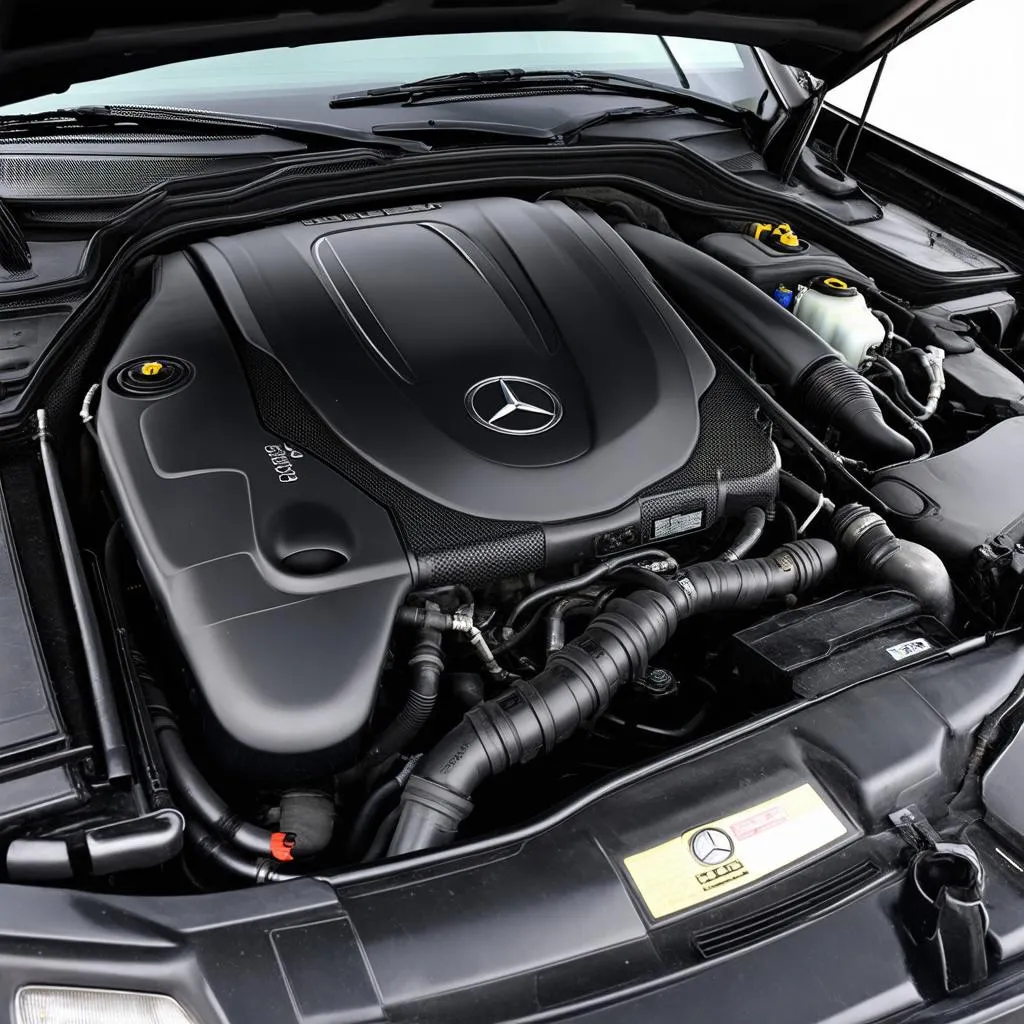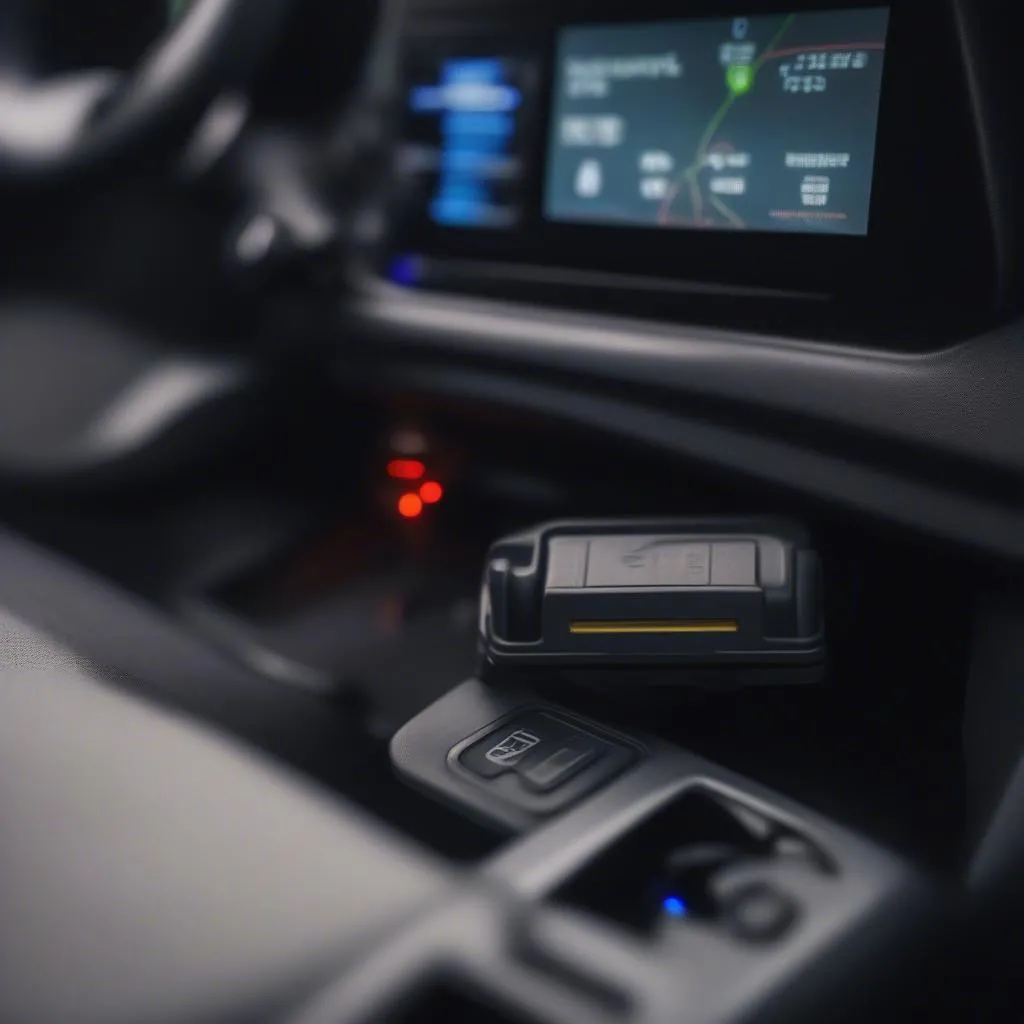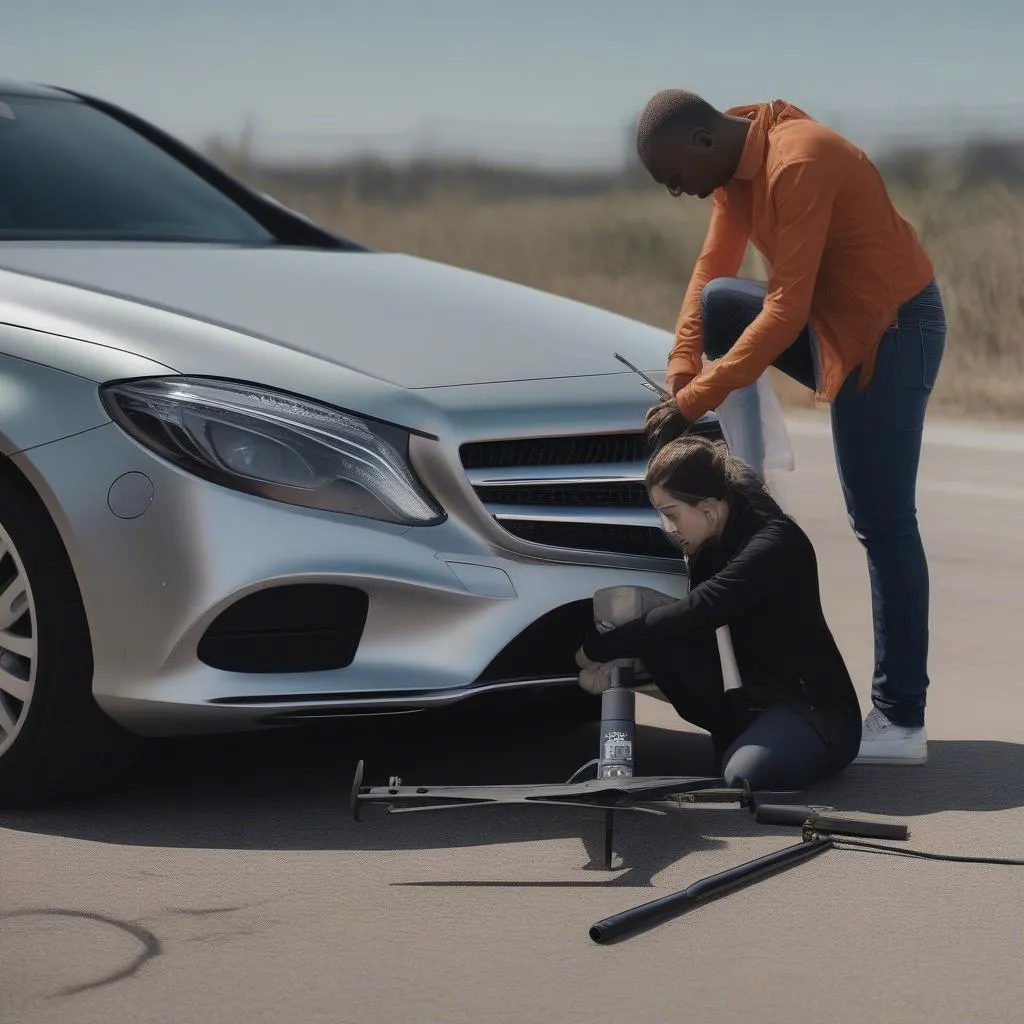Owning a 1999 Mercedes-Benz C280 is a joy, but like any aging beauty, it can sometimes throw a tantrum in the form of a cryptic “Check Engine” light. One such tantrum is the dreaded Diagnostic Trouble Code (DTC) 148. This article delves deep into the heart of DTC 148, demystifying its meaning and guiding you towards a solution.
What Does DTC 148 Mean on Your 1999 C280?
In the world of your Mercedes, DTC 148 signals a problem with the “Secondary Air Injection (AIR) System, Bank 1.” Now, what does that even mean? Let’s break it down:
- Secondary Air Injection System: This system injects fresh air into the exhaust manifold during cold starts. The purpose? To help the catalytic converter heat up faster and reduce emissions.
- Bank 1: On engines with two cylinder banks (V6, V8, etc.), this refers to the side of the engine containing cylinder #1.
Essentially, DTC 148 means your C280’s onboard computer has detected an issue with the AIR system on the side of the engine with cylinder #1.
Common Causes of DTC 148
DTC 148 can be a bit of a diva, with several potential culprits:
- Faulty Secondary Air Pump: The pump itself may have worn out, have damaged wiring, or have a blown fuse.
- Leaky Vacuum Lines: Vacuum lines control the air flow in the AIR system. A leak disrupts this flow and triggers the code.
- Malfunctioning Check Valves: These one-way valves ensure air flows in the right direction. A stuck or leaking valve can disrupt the system.
- Clogged Air Injection Ports: Over time, carbon buildup can clog the ports where air is injected into the exhaust manifold.
Troubleshooting DTC 148
Before you rush to the mechanic, here’s a step-by-step guide to tackle DTC 148:
- Visual Inspection: Begin by visually inspecting all the components of the AIR system, including the air pump, vacuum lines, check valves, and air injection ports. Look for obvious signs of damage, wear, or blockage.
- Check for Vacuum Leaks: A leaking vacuum line can often be identified by a hissing sound coming from the engine bay. You can also use a vacuum gauge to test for leaks.
- Test the Secondary Air Pump: With the engine cold, have a helper start the car while you listen for the air pump to run. It should typically run for about 30-60 seconds. If you don’t hear it, the pump may be faulty.
- Inspect the Check Valves: Remove the check valves and test that air flows freely in one direction but not the other.
When to Consult a Professional
While the above steps can help you pinpoint the problem, DTC 148 often requires specialized tools and knowledge for accurate diagnosis and repair. If you are unsure about any step or are uncomfortable working on your car, it is always best to consult a qualified mechanic, preferably one specializing in Mercedes-Benz vehicles.
FAQs About DTC 148
Q: Can I still drive my car with DTC 148?
A: While the car may still seem drivable, DTC 148 indicates a potential emissions issue. It’s best to get it diagnosed and repaired promptly to avoid further damage and comply with emission regulations.
Q: How much does it cost to fix DTC 148?
A: The cost varies depending on the root cause. A simple fix like a vacuum line replacement can be relatively inexpensive, while replacing the air pump can be more costly.
Q: Can I use an OBD-II scanner to diagnose DTC 148?
A: Yes, an OBD-II scanner can read the code, but it may not provide detailed information on the specific fault within the AIR system.
 Engine Bay of a 1999 Mercedes-Benz C280
Engine Bay of a 1999 Mercedes-Benz C280
 Mechanic Checking for Vacuum Leaks
Mechanic Checking for Vacuum Leaks
Conclusion
DTC 148 might seem intimidating, but understanding its meaning and following a systematic troubleshooting approach can help you breathe easy again. Remember, when in doubt, a trusted mechanic is your best ally. If you need assistance with professional-grade diagnostic tools, consider exploring the range of products offered by CARDIAGTECH. They provide reliable equipment to help you take control of your car’s health.


